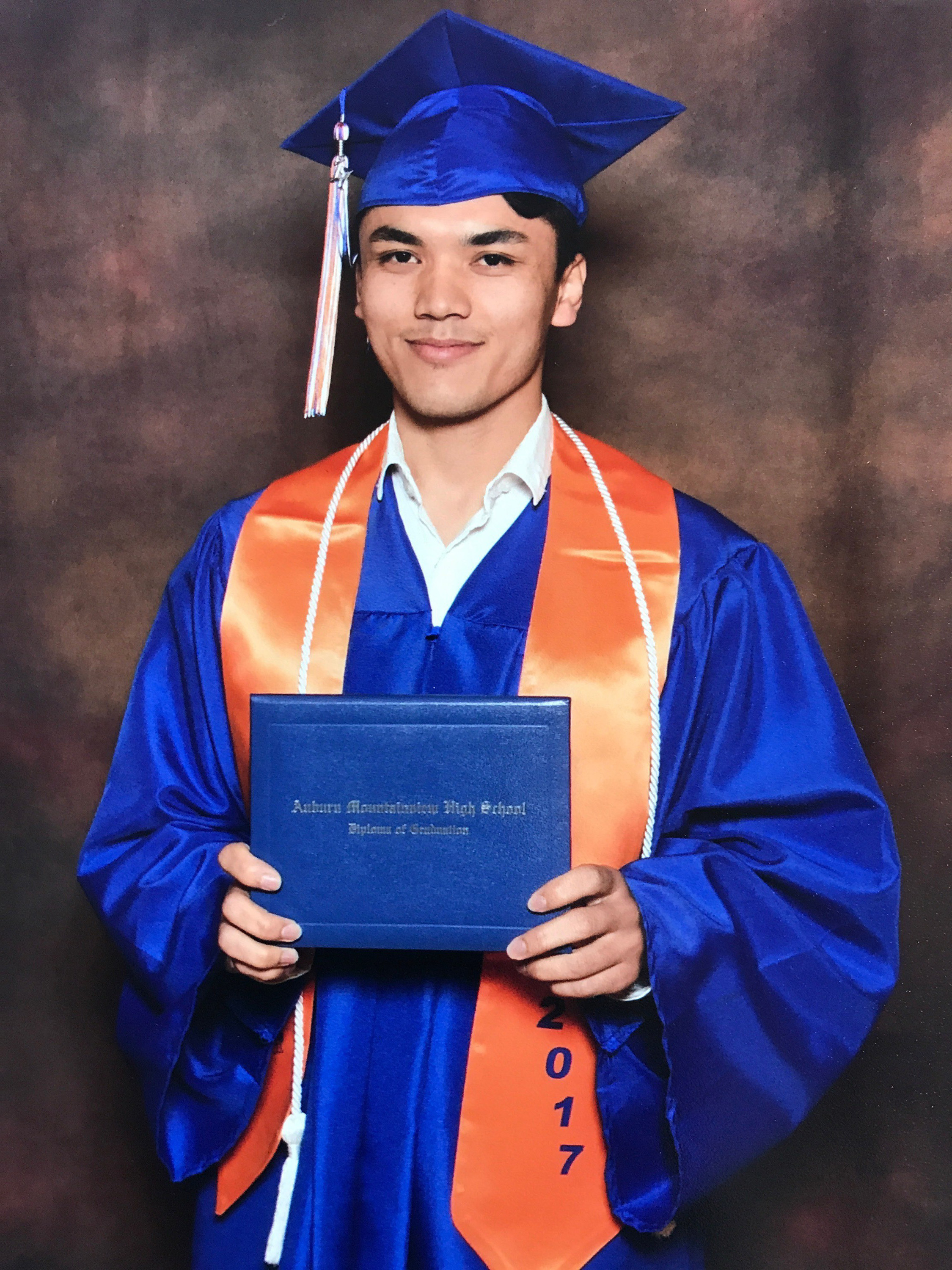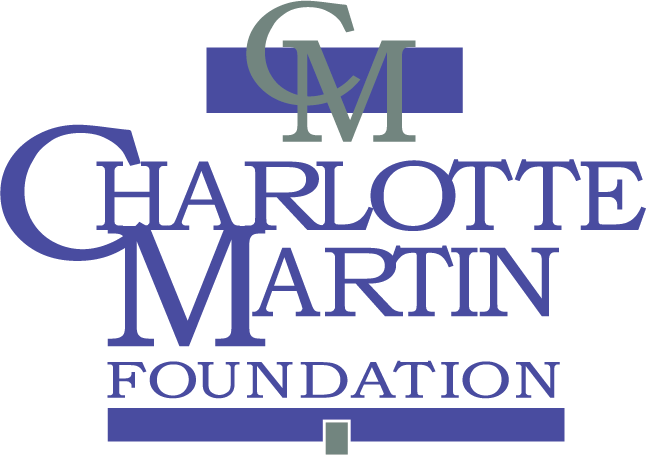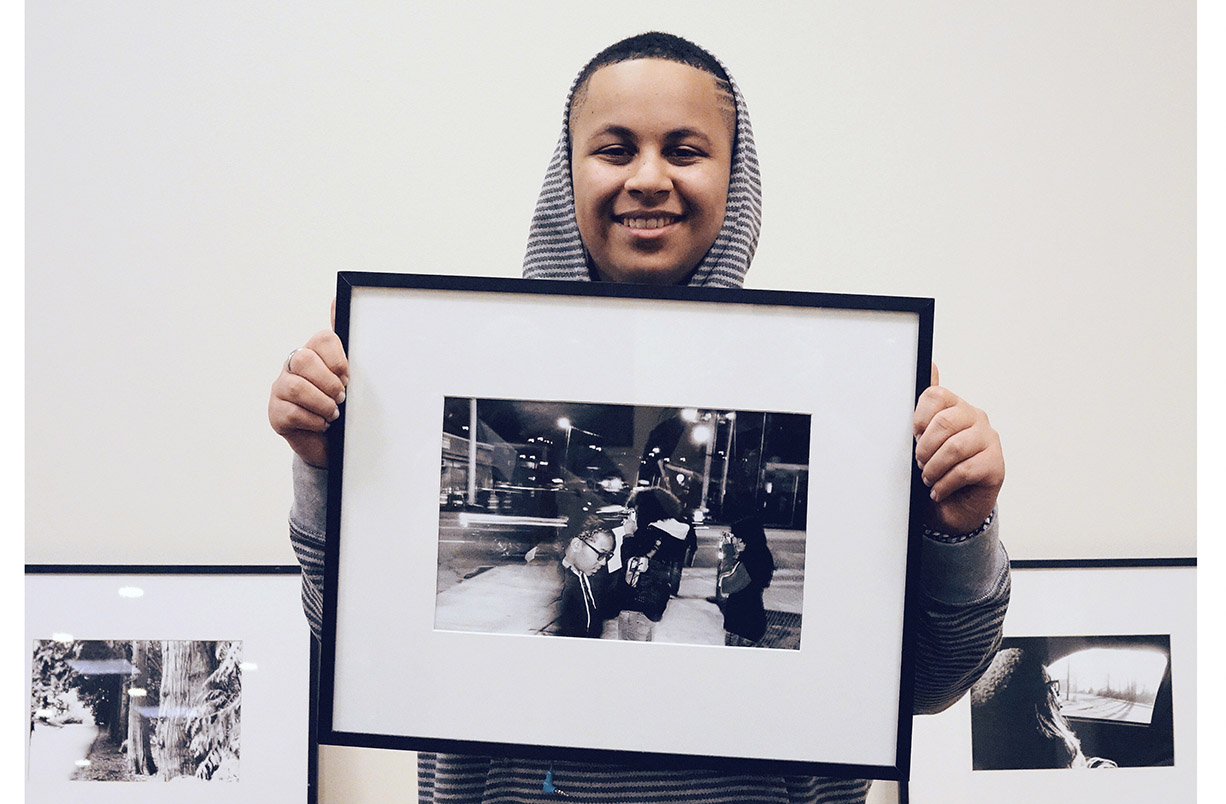Guidelines for Youth Programs
Our program funding for youth ages 6-18 falls into three areas: Athletics, Culture and Education. Grants for youth programs must fall within one of these three program areas.
Youth Athletics
Athletics include a wide range of individual and team sports, with an emphasis on the value of sports for lifelong participation. School-sponsored intramural and after school sports programs have been greatly reduced, and middle-school aged youth have been most affected. After school athletics can be the incentive that gets kids involved in programs that also have educational and cultural components. Demand is increasing for athletics programs and facilities in rural areas and inner cities. More girls are getting involved in sports, requiring additional programs and space. Coaches are key to a positive experience for young people, and good coaching requires training.
What We Do NOT Support:
- Large capital investment projects (e.g. track renovation, swimming pools, tennis courts, lockers, gymnasium renovation, bleachers)
- Transportation to tournaments
- Fitness equipment and activities (e.g. treadmills, weight rooms)
- Playgrounds or playground equipment
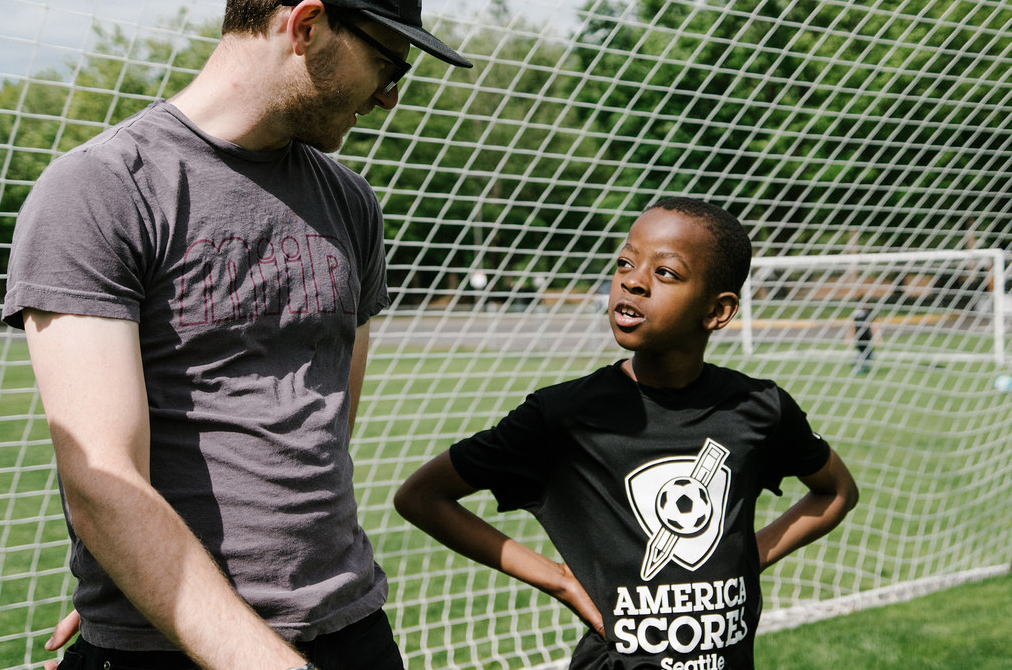
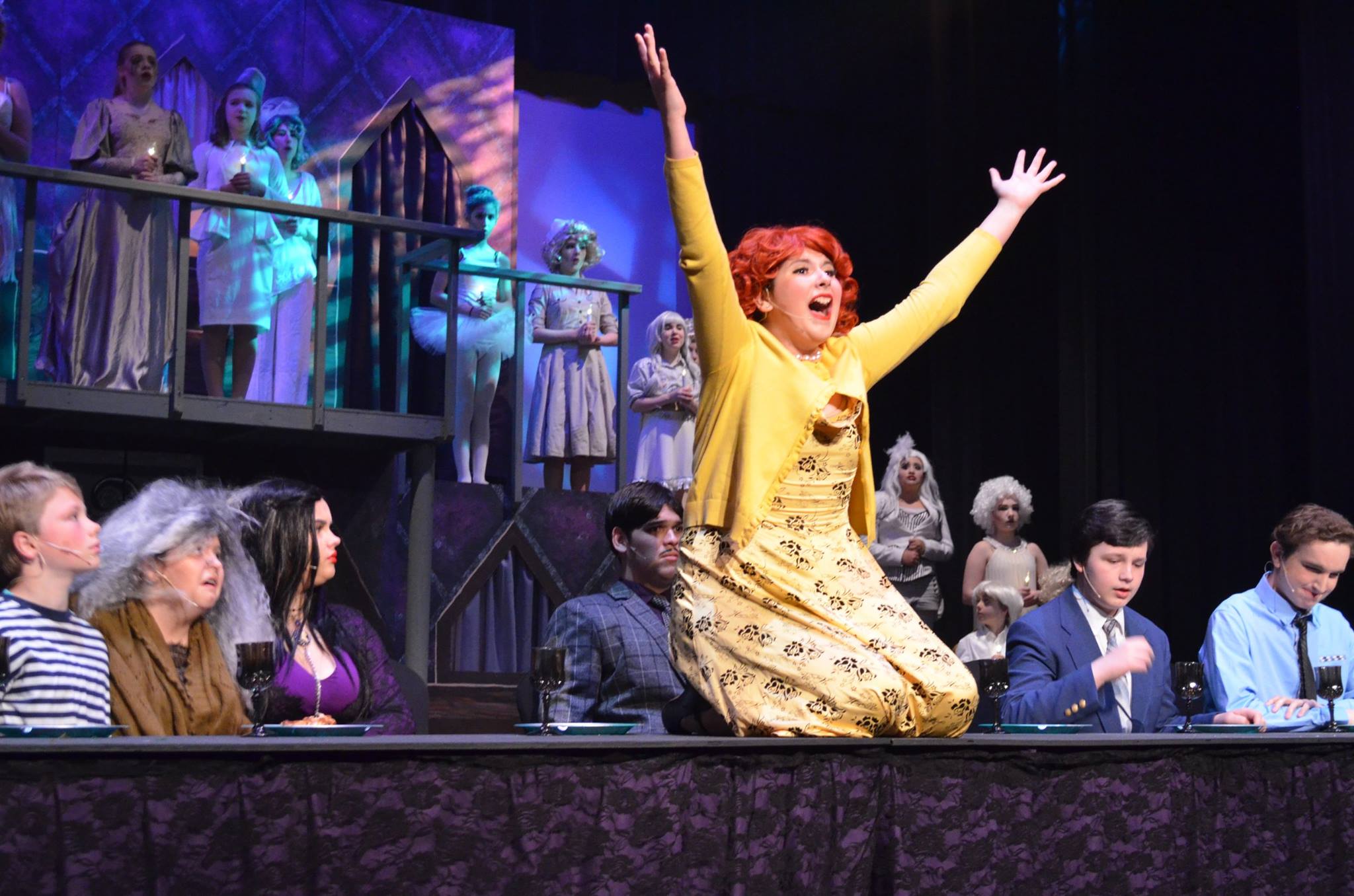
Youth Culture
Culture includes art, music, dance, literature, theater, ethnic and regional heritage. Positive experiences in culture are essential in educating the whole person and should be an integral part of the lives of youth. Young people can use cultural experiences as creative resources to build self-esteem, promote personal growth, and preserve traditions. Arts and culture programs in the schools are being reduced or eliminated, and many communities, both urban and rural, have limited access to cultural resources.
What we Do NOT Support:
- Trips to conferences
- International exchange programs
- Passive participation by youth
- Artists in residence programs
- Admission subsidies or purchase of tickets for events
Youth Education
All young people should have the opportunity to fulfill their potential. Education, in and out of school, happens best when youth direct their learning and engage in compelling problem-solving and critical thinking. Educators need support to play a vital role in assisting youth to investigate their passions and explore new interests. Rural schools often have less access to resources and curricula than urban schools. Both public and private schools need support.
What We Do NOT Support
- Children’s testing or test preparation
- Purchase of computers or textbooks
- Passive participation by youth
- Programs whose goals are primarily social services
- Pre-Kindergarten programs
- Curriculum development
- Programs for college students
